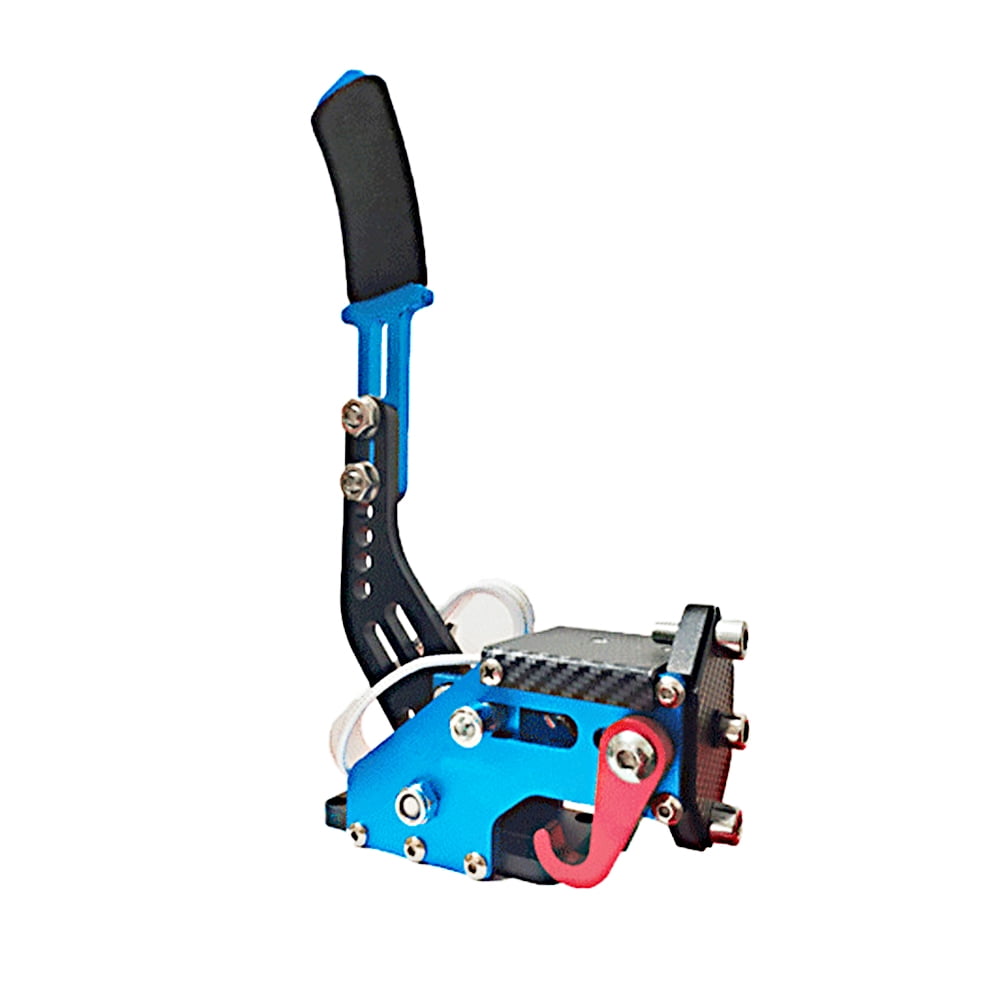
All we can is say no rational person would disagree. Intel points out that “countless more” games “don’t run on the M1,” and then for good measure, it rushes Apple’s bench with a list 10 more games you can’t play on the M1 MacBook:

Intel doesn’t let it end there, though, and decides to embarrass Apple further by showing the numerous games where the MacBook scores a 0 because game support just doesn’t exist. Intel Gaming: You can’t be faster if you can’t run itįor gaming, we see a bit of a back and forth between the Apple M1 and Core i7 in games that actually work on the MacBook. If the native version of Photoshop comes out, and there are critical features missing from it, that’s a huge problem for Apple (and Adobe). That said, Intel points out that important features like Content Aware Fill are outright disabled on the beta version, and that’s a concern. They’re decent wins, but come on, the code is still in beta for the Mac. Intel also gives itself the lead in Adobe Premiere Pro, using the beta M1 native version in Auto Reframe, exporting to H.264 and H.265. Claim: M1 doesn’t support all the features This is the same magic that’s made Apples phones shine for so long. When you have optimization for your hardware, you get tons of performance gains.

We should point out that Topaz Lab’s apps are among the few (but nonetheless impressive) apps that were designed to take advantage of the hardware acceleration inside of Intel’s CPUs. But even if you believed that, it doesn’t invalidate the testing, because exporting to a PDF is about as real-albeit boring-as you can get. What you can question is whether Intel picked tasks that favor its own CPU design. That’s why Diet Coke doesn’t outright call Diet Pepsi undrinkable swill (even though it is.) Yes, you may think one multi-billion dollar company publicly beefing with another multi-billion dollar company means “it’s all fake benchmarks,” but that’s probably not the case because of the huge liability risk Intel might face. Our take: We’d really need to run similar tests, but we don’t doubt the results. And yes, Intel used the Arm-native versions of Office for its tests. It also shows the Core i7 pummeling the M1 in a PowerPoint-to-PDF export, and in multiple Excel macros by a factor of 2.3x. Intel doesn’t just use WebXPRT 3, though. The Intel chip was largely ahead in WebXPRT 3, and the x86 chip was nearly three times faster in finishing the photo enhancement test. Intel says in the WebXPRT 3 test, using the same version of Chrome for both the Core i7 system as well as the Arm-native MacBook, Intel takes the lead.

Intel Claim: MacBook M1 is slower than Core i7


 0 kommentar(er)
0 kommentar(er)
